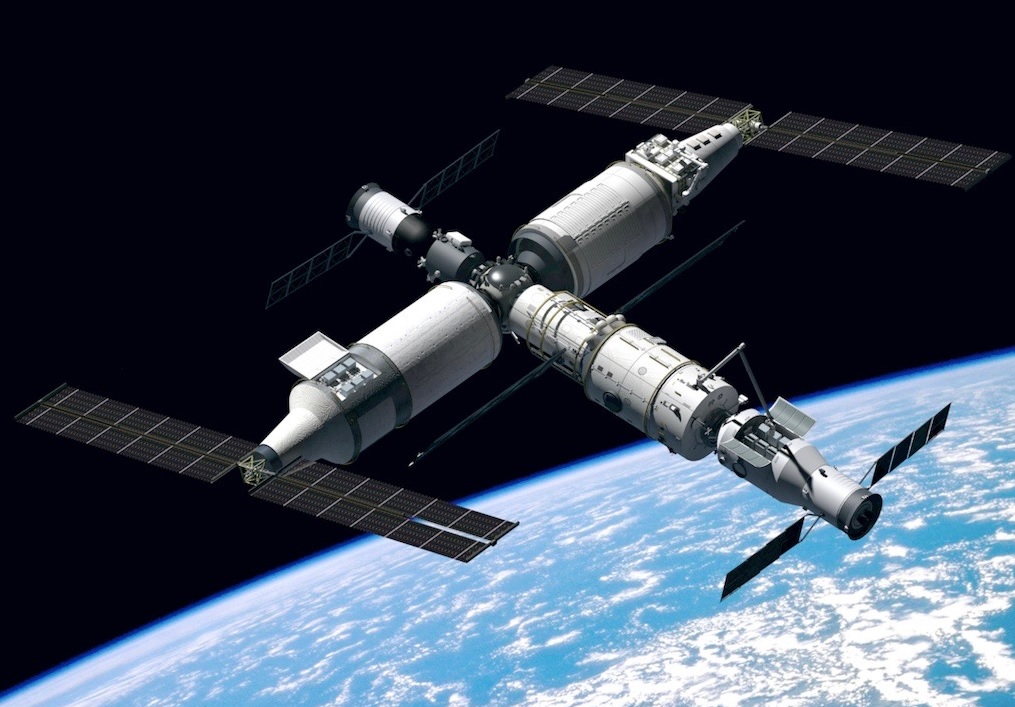China has successfully sent its first astronauts to the country’s Tiangong space station onboard the Shenzhou-12 – its first manned spacecraft since 2016.
China’s space agency said Shenzhou-12 spacecraft carrying three male astronauts onboard a Long March-2F rocket docked with Tianhe, the main section of the Tiangong station, hours after blasting off from the Gobi Desert in northwest China on Thursday.
The astronauts, Nie Haisheng, 56, Liu Boming 54, and Tang Hongbo, 45, appeared before the media at a ceremony at the Jiuquan satellite launch centre.
The team expected to be on Tiangong for three months. Previous Chinese missions have been a month at most. The Shenzhou-12 is made up of three sections – an orbiter module, a return module, and a propelling module, and has 14 sub-systems onboard.
The launch comes at a time when Beijing prepares to mark the 100th anniversary of the ruling Communist party on 1st July with a massive propaganda campaign. Thursday morning’s launch was broadcast across state media, from takeoff until they reached orbit. On Wednesday, officials said China expected foreign and Chinese astronauts to jointly participate in the Chinese space station.
The mission is the latest stage in China’s ambitious plans to be the only country to own and run its own space station, expected to be completed less than two years from now.
iangong, will rival the International Space Station (ISS), a collaboration between the United States, Russia, Europe, Canada and Japan. When the ISS is retired in the next few years, Tiangong will be the largest artificial structure in space. Tiangong is to be much smaller than the ISS and is expected to have a lifespan of at least 10 years.


Comment here